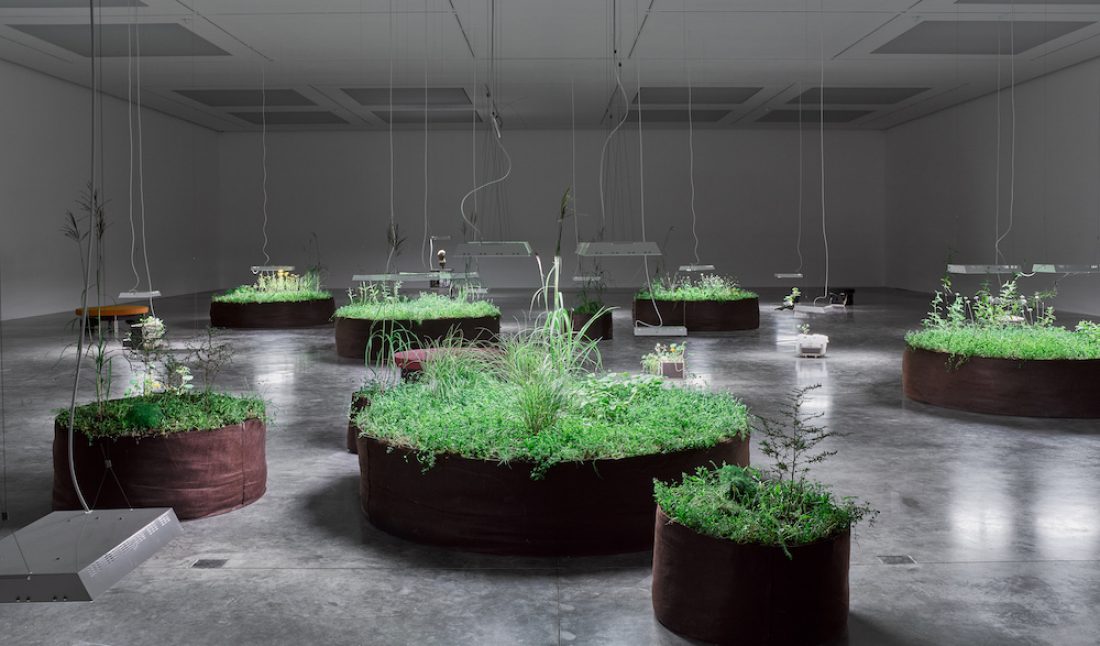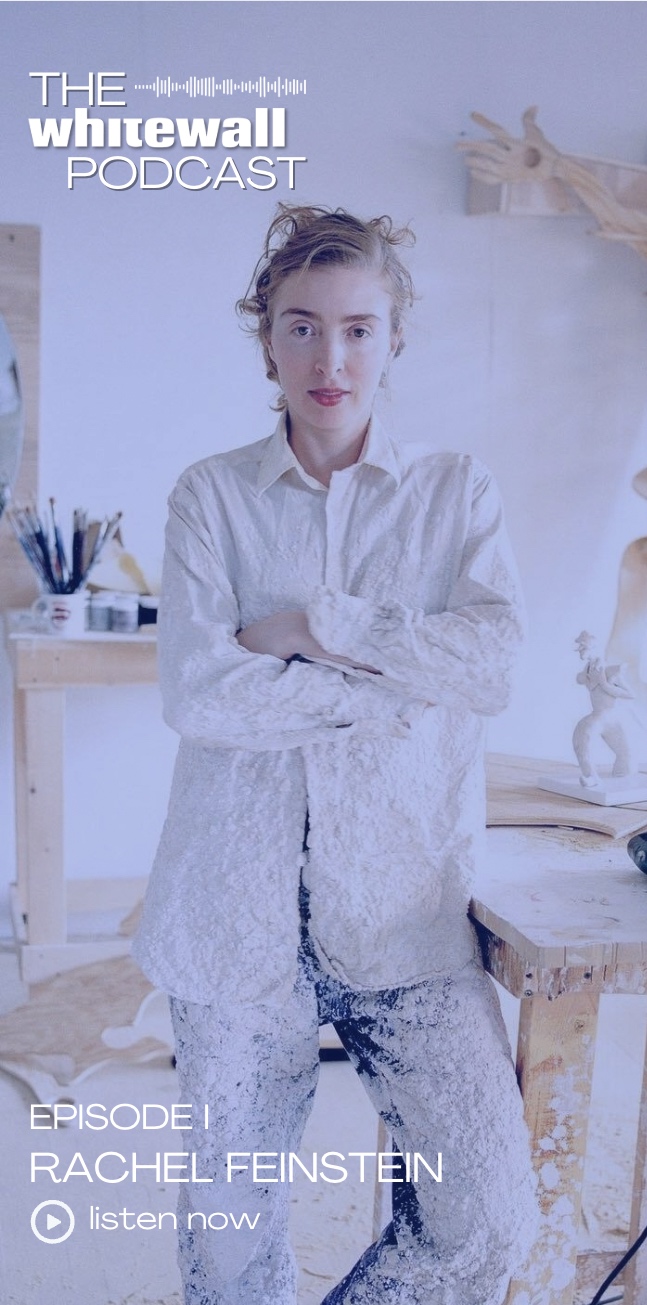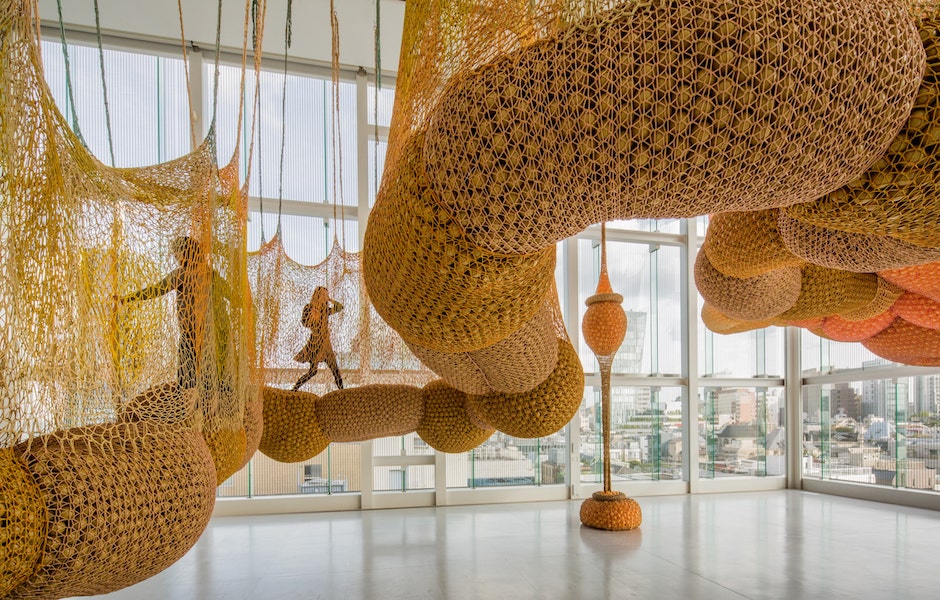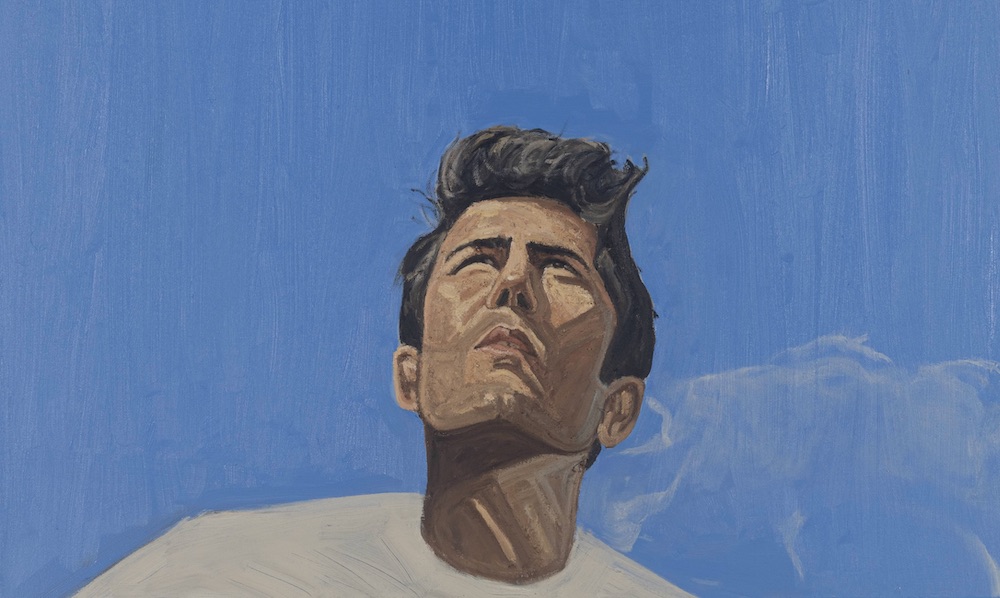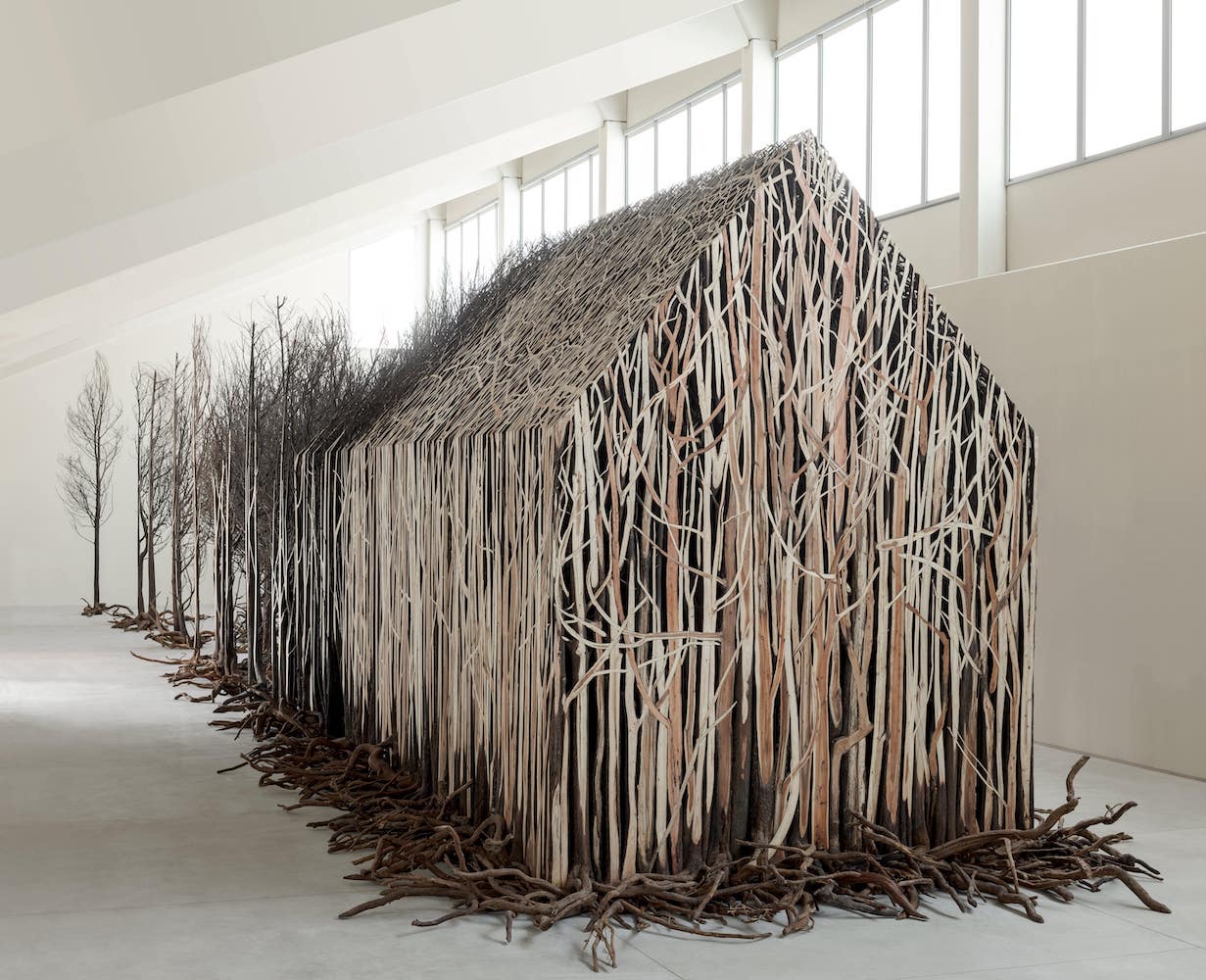Since 2005, the Pew Center for Arts and Heritage has awarded more than $143 million in grants, funded over 1,400 projects, and supported 352 individual artists via annual Pew Fellowships. As a multidisciplinary grant-maker, the Center invests in cultural projects and practitioners, on a mission to enhance public life in the Greater Philadelphia area. Recent grantees included Becky Suss, Karyn Olivier, and Jonathan Lyndon Chase, as well as unforgettable projects like “Cai Guo Qiang: Fireflies” and The Crossing’s “The Gulf (between you and me).”
This spring, in response to the COVID-19 pandemic, the Center announced an additional $535,000 in unrestricted funds to its current fellows. Whitewall met with the Center’s executive director, Paula Marincola, about giving artists and organizations the push and platform to realize their vision.
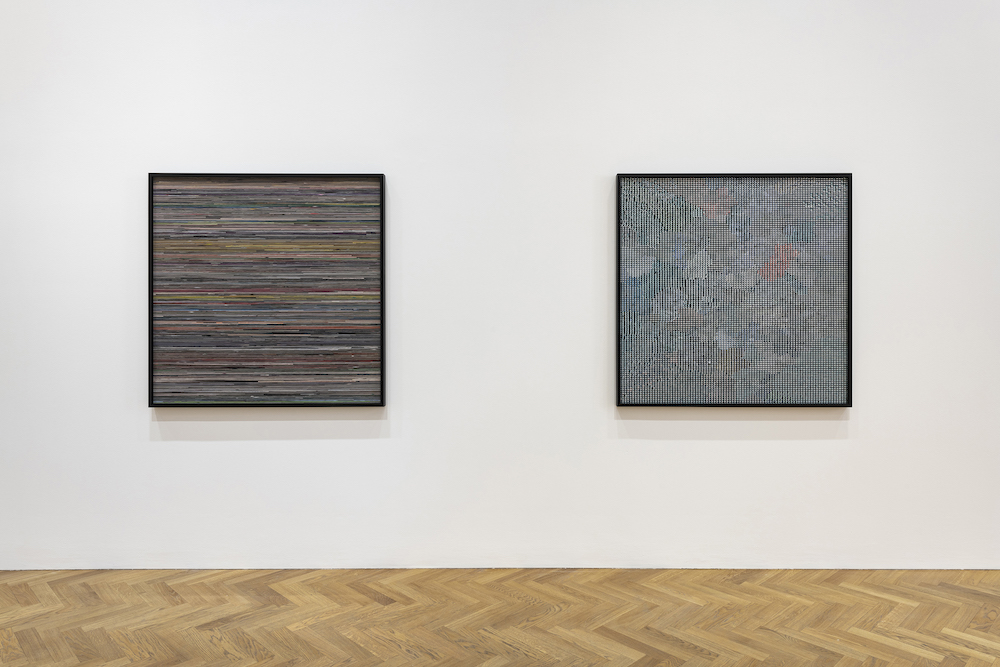 Installation view of “Trevor Paglen: Bloom,” at Pace Gallery, London, © Trevor Paglen, courtesy the artist and Pace Gallery, photo by Damian Griffiths, courtesy Pace Gallery.
Installation view of “Trevor Paglen: Bloom,” at Pace Gallery, London, © Trevor Paglen, courtesy the artist and Pace Gallery, photo by Damian Griffiths, courtesy Pace Gallery.
WHITEWALL: How would you define your role as executive director here?
PAULA MARINCOLA: My role is to make sure the organization works as a group to enhance the cultural life of the community and raise Philadelphia’s visibility as a thriving and vibrant center for culture. My job is to inspire and bring out the best in the people that work with me as a team. It’s the most privileged, amazing, and humbling work to be able to do—to lead this organization.
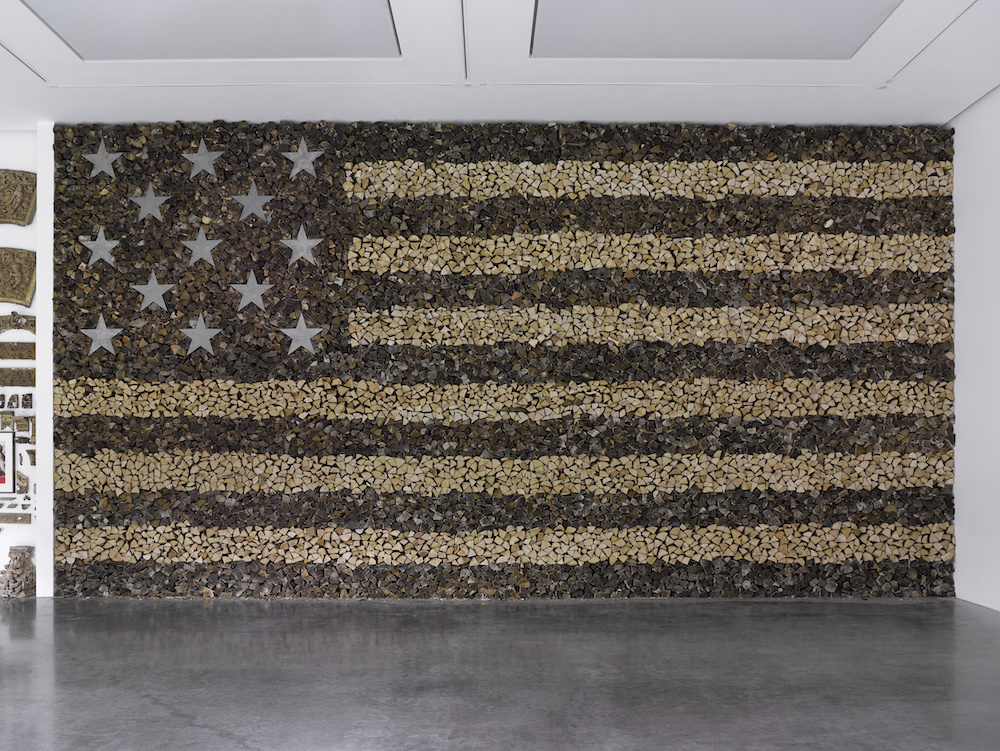 Danh Vo, “Chicxulub,” White Cube Bermondsey, September 11—November, 2, 2020), © the artist, photo © White Cube (Theo Christelis).
Danh Vo, “Chicxulub,” White Cube Bermondsey, September 11—November, 2, 2020), © the artist, photo © White Cube (Theo Christelis).
We look for artists and projects of ambition, substance, of imagination and of distinction to help them realize their mission and also to push these missions further—to really help them go beyond business as usual. It’s what we’re trying to inspire the community to do.
WW: In addition to funding, how does the Center provide support and help a project come to life?
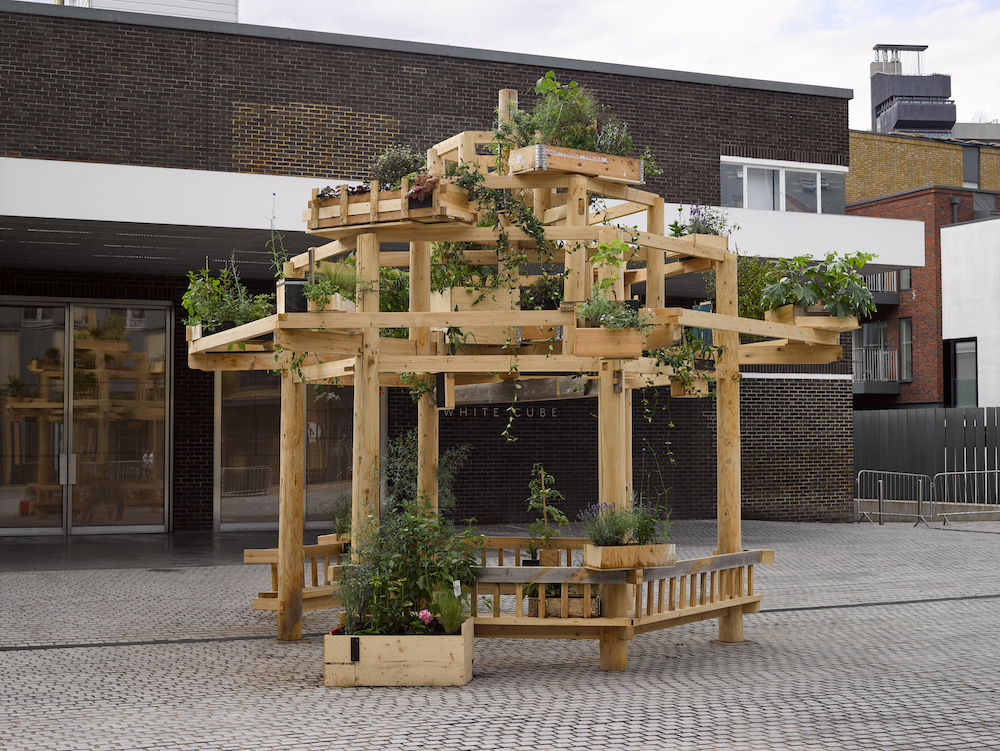 Danh Vo, “Chicxulub,” White Cube Bermondsey, September 11—November, 2, 2020), © the artist, photo © White Cube (Theo Christelis).
Danh Vo, “Chicxulub,” White Cube Bermondsey, September 11—November, 2, 2020), © the artist, photo © White Cube (Theo Christelis).
PM: We are very hands-on, in some ways. We meet with all of our applicants; we try to provide useful feedback in the development of their project so that it can be competitive in our grantmaking process. We do have a super-rigorous process. We bring jurors, panelists from all around the country, and sometimes outside the country, to adjudicate our grants. Our guidelines are accessible online and we are totally transparent about what we’re looking for.
We want the work that we fund not just to be about something but for somebody, so thinking about audiences is really important to us in funding these projects. Who is this work for? How are you going to reach them? What kinds of meaningful interactions do you really want to have with your viewers?
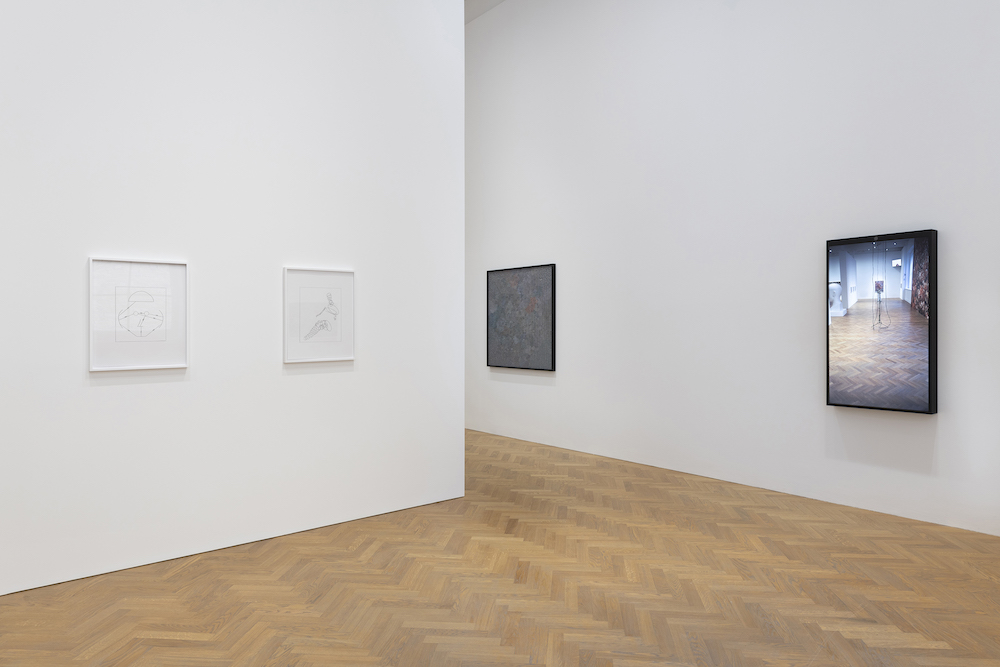 Installation view of “Trevor Paglen: Bloom,” at Pace Gallery, London, © Trevor Paglen, courtesy the artist and Pace Gallery, photo by Damian Griffiths, courtesy Pace Gallery.
Installation view of “Trevor Paglen: Bloom,” at Pace Gallery, London, © Trevor Paglen, courtesy the artist and Pace Gallery, photo by Damian Griffiths, courtesy Pace Gallery.
WW: What’s a recent example of a successful project that really captured the Philadelphia community?
PM: One project that we’re all extremely proud of in the last few years is the “Symphony for a Broken Orchestra,” which was a success on every front. It was artistically amazing; the David Lang score for the broken instruments was extraordinary. Its impulse arose right out of a community need: Philadelphia’s school system has many broken instruments that just languished, and Temple Contemporary decided to see what they could do to fix that problem.
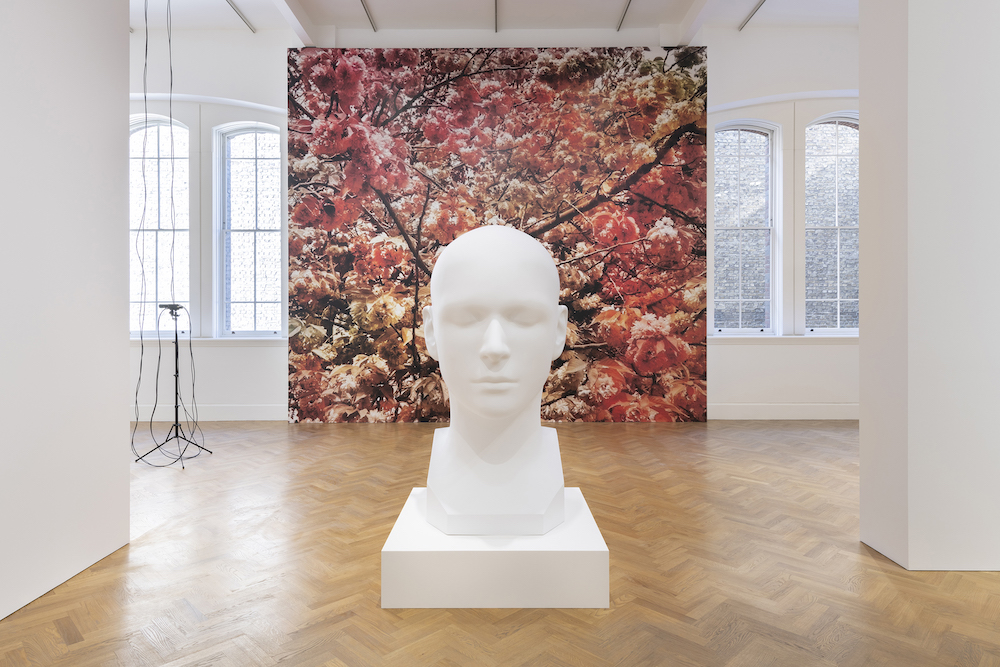 Installation view of “Trevor Paglen: Bloom,” at Pace Gallery, London, © Trevor Paglen, courtesy the artist and Pace Gallery, photo by Damian Griffiths, courtesy Pace Gallery.
Installation view of “Trevor Paglen: Bloom,” at Pace Gallery, London, © Trevor Paglen, courtesy the artist and Pace Gallery, photo by Damian Griffiths, courtesy Pace Gallery.
What was so extraordinary was this marriage of artistic excellence and community engagement. When you went, the doors opened in the Armory and there were 400 people holding these broken instruments walking toward you—the youngest one is nine and the oldest is eighty-something. Amateurs and professionals were playing together—it was so moving.
That is very gratifying for a funder, and you don’t always know that that can happen. I mean, there are all these great ingredients, but then you have to make the cake to see what it tastes like.
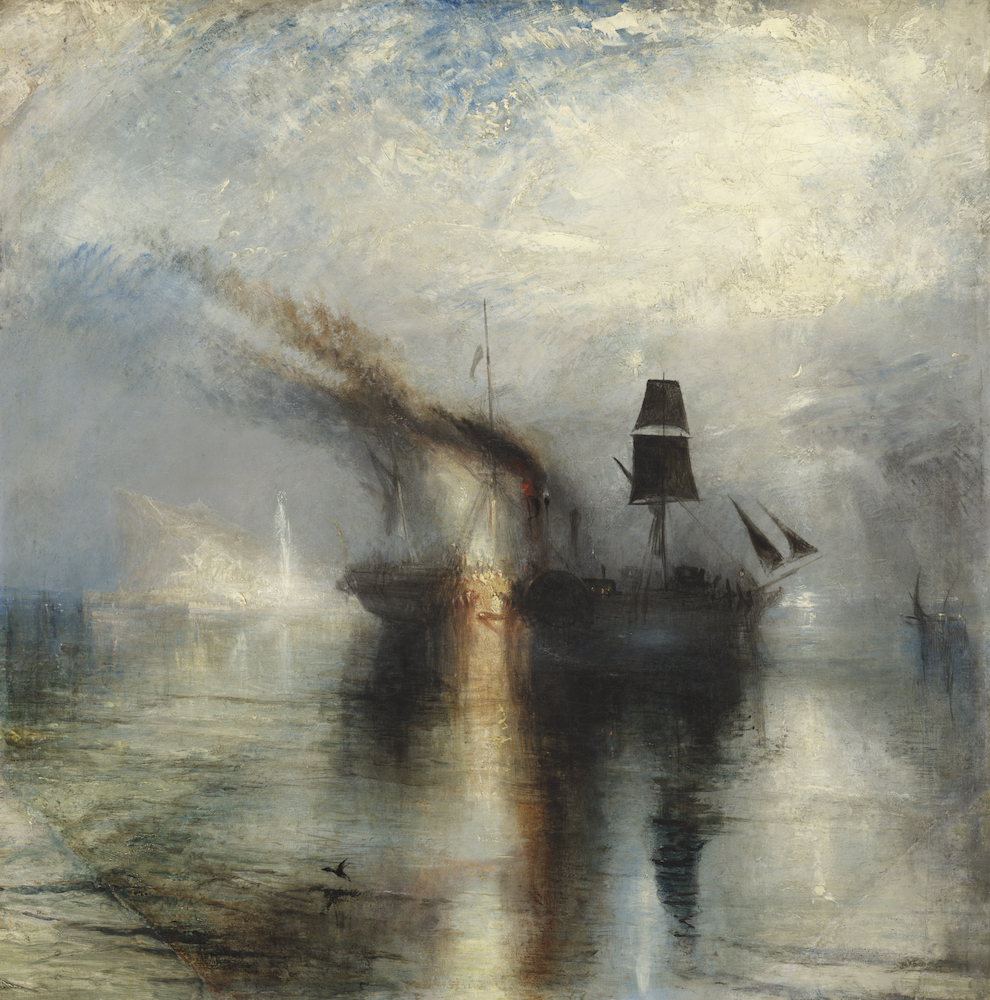 JMW Turner, “Peace-Burial at Sea”, exhibited 1842, 870×867 mm, oil paint on canvas; © JMW Turner, courtesy of Tate Modern.
JMW Turner, “Peace-Burial at Sea”, exhibited 1842, 870×867 mm, oil paint on canvas; © JMW Turner, courtesy of Tate Modern.
WW: How would you describe the most recent group of Pew grants, grantees, and fellows, announced in 2019?
PM: Variety and scope. I think that in the environment, a thriving ecology needs healthy organisms of all sizes and types. I like to think that our work does go toward fostering that healthy and vibrant and thriving ecology, and when I look at the grantees as you have or will, you see that. All these very ambitious and imaginative and substantive projects, but they’re coming from all these different places.
WW: The Pew Center’s mission focuses on supporting artists, community building, and enhancing public life. How do you think this moment of social distancing, viewing art online, and the negative effect it has had on independent organizations and artists will impact your purpose?
PM: Strength of mission as well as relevance to audiences and viewers are more important than ever in the wake of COVID-19 and its enormous consequences for the cultural community. Finding ways to stay visible, communicate distinctively, and create an authentic connection with the public has, at this moment, meant engaging primarily in technological platforms for delivering and sharing art. I’ve admired and been heartened by the dexterity and creativity with which the sector, even under tremendous pressure, has quickly pivoted to offer a range of inspiring and entertaining content through these alternative systems of communication. And I imagine new modes and reimaginings of artistic production and engagement will continue to emerge, even as we simultaneously look forward to a time when we can again gather together in real space and time for cultural experiences.







